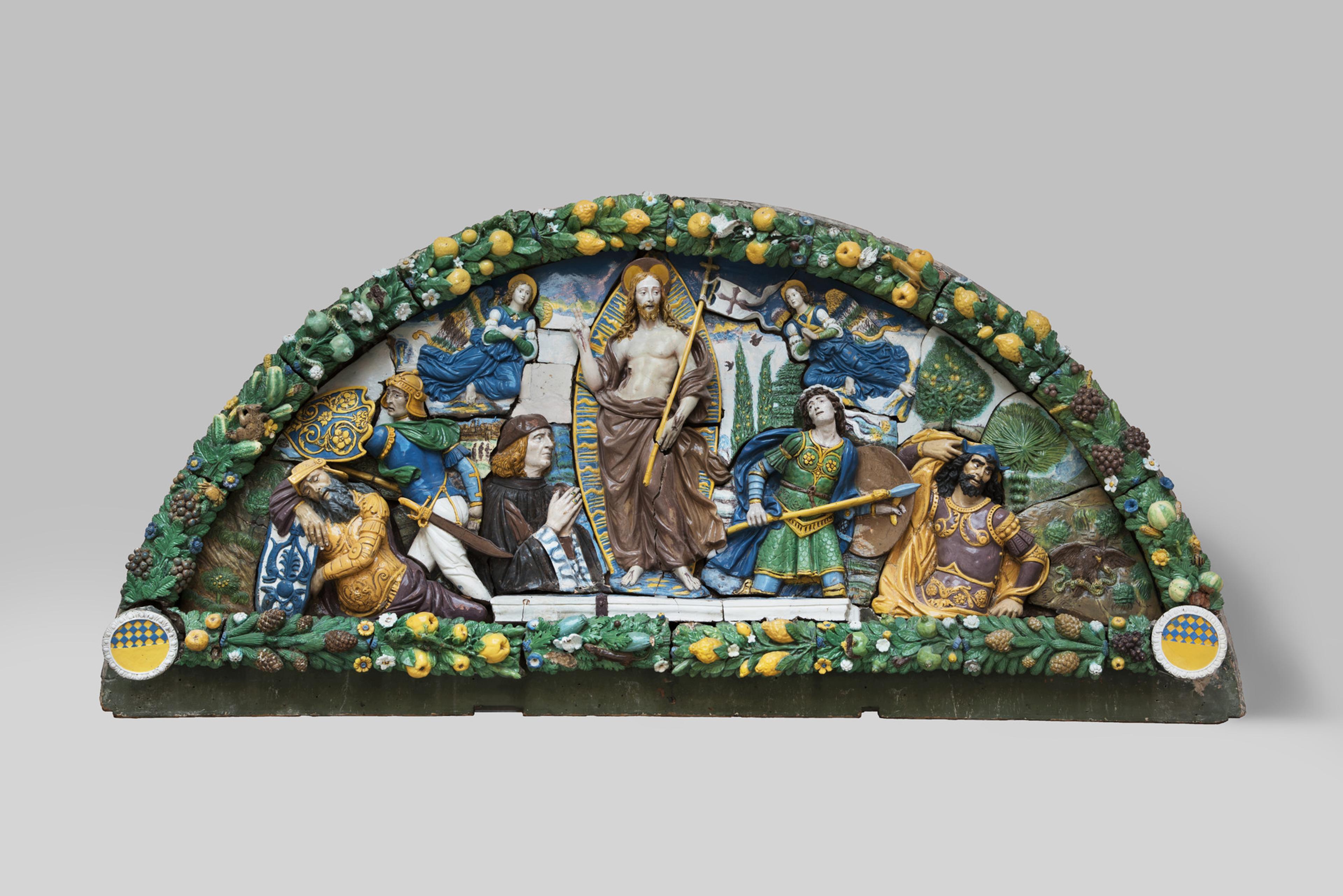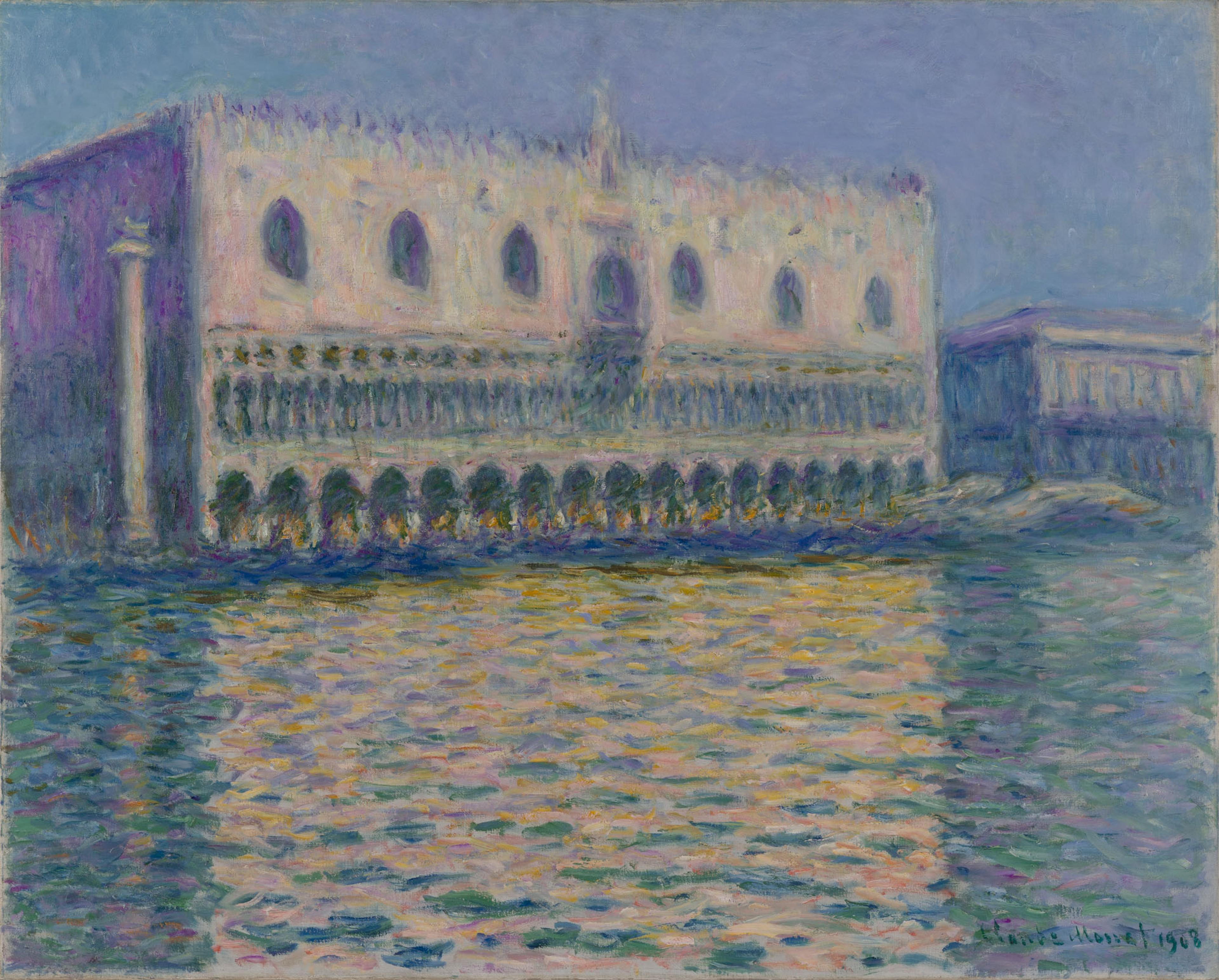European Art
The Brooklyn Museum’s collection of European Art comprises hundreds of paintings and sculptures and thousands of works on paper. These works come from across the European continent, Eastern Europe, and Russia, as well as from some European (especially Spanish) colonies.
Highlights
Resurrection of Christ
Giovanni della Robbia
Free Women of Color with Their Children and Servants in a Landscape
Agostino Brunias
Portrait of Mme Boursier and Her Daughter (Portrait de Mme Boursier et de sa fille)
Berthe Morisot
Portrait of Emily Warren Roebling
Charles-Émile-Auguste Carolus-Duran
Folding Screen with the Siege of Belgrade (front) and Hunting Scene (reverse)
González Family
Madonna and Child Enthroned with Saints Zenobius, John the Baptist, Reparata and John the Evangelist
Nardo di Cione
Purview
This collection focuses primarily on paintings, drawings, prints, and sculptures created by artists born in Europe. These works date largely between the 13th century and 1945. The Museum’s few examples of medieval art may be found in this collection or in Decorative Arts and Design; Egyptian, Classical, and Ancient Near Eastern Art; or Arts of the Islamic World. Artwork from Europe before the medieval era is in Egyptian, Classical, and Ancient Near Eastern Art.
In addition to works by artists from Continental Europe, works by artists born in European colonies are in this collection, as well as in American Art, Arts of the Americas, and Decorative Arts and Design. Furniture and decorative arts by European designers can be found in Decorative Arts and Design as well.
Artwork by European artists from the 20th and 21st centuries can be found in Contemporary Art, Photography, and Feminist Art.
History
The Brooklyn Institute, a precursor of the Brooklyn Museum, began collecting work by European artists when the building on Eastern Parkway opened in 1897. These European artworks were the first objects created outside of the United States to enter the collection. Some of the earliest acquisitions, such as Giovanni della Robbia’s The Resurrection of Christ and James Tissot’s Life of Christ, offer a preview of what would become two of the collection’s strengths: art made in the Renaissance era and in late 19th-century France.
In 1900, after a blockbuster international tour, the institute had the opportunity to acquire Tissot’s series of 350 watercolors depicting the life of Christ and related works. Funds were raised by the Board of Trustees and a public subscription advertised in the Brooklyn Daily Eagle. Today, works by Tissot make up nearly a tenth of the European Art collection.
Over the first half of the 20th century, the Brooklyn Museum built an important collection of early Renaissance gold-ground paintings. In 1995, the institution acquired Nardo di Cione’s Madonna and Child Enthroned with Saints, considered one of the most significant 14th-century altarpieces in the United States. In 2000, the altarpiece’s long-lost pinnacle, Christ Blessing, was found and added to the collection.
At the same time, the institute focused on Impressionism and other early modern art movements, adding significant works by Berthe Morisot and Claude Monet to the collection before its peer institutions in New York did. Today, the collection includes important works by well-known artists such as Edgar Degas, Paul Cézanne, and Camille Pissarro. Other notable holdings include a comprehensive group of German Expressionist prints, an excellent impression of Pablo Picasso’s Minotauromachia, a rare and complete trial proof set of Francisco de Goya y Lucientes’s Caprichos, and more than 60 bronze sculptures by Auguste Rodin.
The Museum is currently working toward a refreshed and reimagined installation of the collection that will continue to explore European art in new contexts. In the meantime, many of our stars are touring the world in the traveling exhibition French Moderns: Monet to Matisse, 1850–1950.





